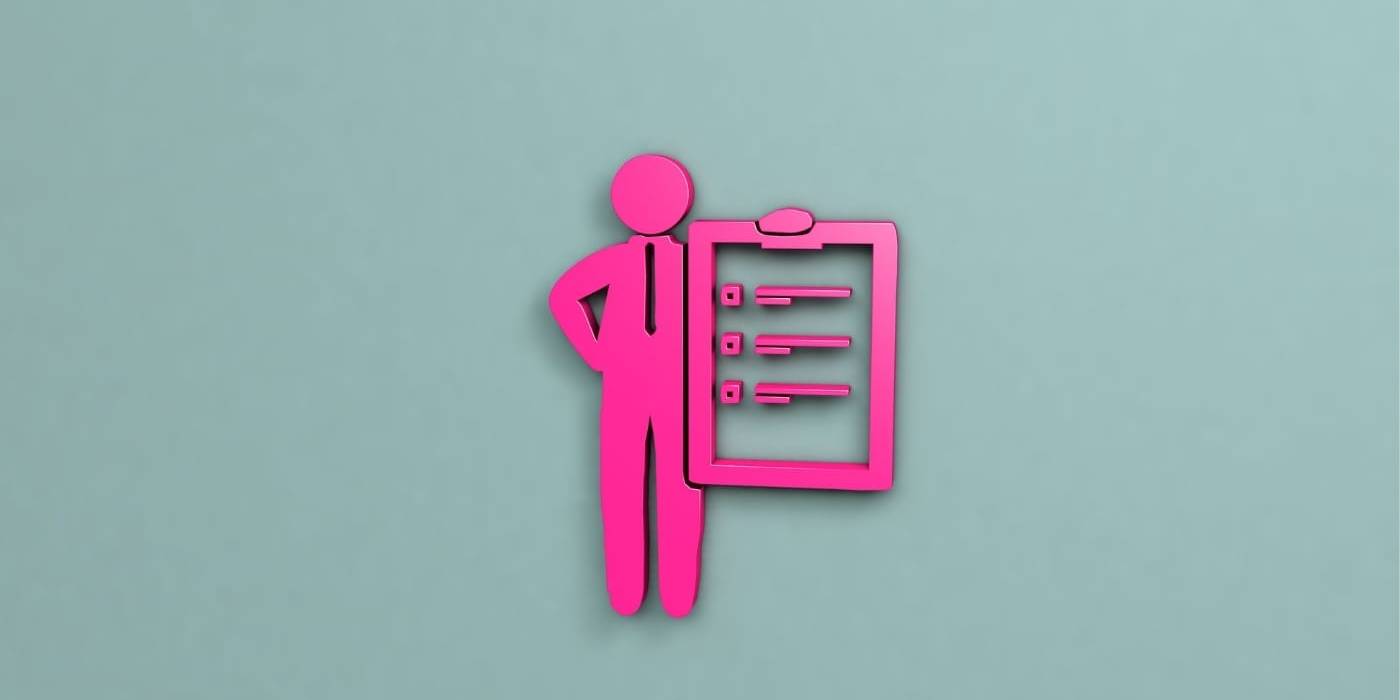A project proposal can make or break your project, but how do you come up with the right one that will resonate with your potential customer?
Building a relationship with a potential new customer is often a priority for an organization. It all starts with creating demand for the product or service you provide, having meaningful conversations and demonstrating the value of your company. Once your customer realizes that your business is there to meet their needs and are considering commitment, there’s only one thing to do: develop a project proposal.
A project or business proposal is usually a written document that exemplifies why moving forward with a deal is the right move for both parties. Generally speaking, a project proposal should include:
- An executive summary that explains what the general goal is
- A project timeline proposing dates and terms
- Detailed cost information
- Milestones and how goals will be measured
- A conclusion and a call to action for the recipient to follow
Because there are so many relevant parts to this document, developing a project proposal template you can continue to reuse with slight modifications can help increase productivity and streamline efficiency. Here are a few questions you can ask yourself and your team to get started with a template:
1. What’s our voice?
No matter how good your product or service is, at the end of the day your customer will want to know one thing: how much will this cost? If your pricing model varies depending on hours and services, it would be useful to take advantage of a tool like Virtus Flow that lets you adjust your price accordingly.
When developing a template you should try to be consistent with your voice and brand, as this will be one of the first documents your potential client will be reading. Remember that you should also leave enough room for customization so when you’re actually using the template you can adjust your tone depending on the buyer.
Take a look at this article if coming up with your company’s voice is something you haven’t accomplished.
2. How are we presenting our solution?
The project proposal should address the problem your buyer is trying to solve and why they should choose you to solve it. Because your template is dynamic and should be easily updated, you should leave enough room to customize this portion, but keep in mind the definition to the solution you’re providing should be fairly standard.
3. What’s the budget?
No matter how good your product or service is, at the end of the day your customer will want to know one thing: how much will this cost? If your pricing model varies depending on hours and services, it would be useful to take advantage of a tool like Virtus Flow that lets you adjust your price accordingly.
4. What’s the timeline?
Just like pricing information, the project timeline will be modified depending on the project. When developing a template, however, make sure to add language that will make it easy to modify this.
5. What are your milestones?
Milestones are essential for you and your potential client to know how much progress you’ve made and whether you need to make adjustments. Milestones will help your potential client know that their success is your main goal and that you will by their side through the entire journey.
6. What are your milestones?
You’ve probably heard the sentence “data is the new oil” before, and this is important to remember when developing a project proposal template, as gathering data will be your key to developing a successful document. Even after finalizing your template, how will your team continue to adjust and modify? It will be helpful to know what metrics you’ll be looking at.
When developing a template you should try to be consistent with your voice and brand, as this will be one of the first documents your potential client will be reading. Remember that you should also leave enough room for customization so when you’re actually using the template you can adjust your tone depending on the buyer.
Take a look at this article if coming up with your company’s voice is something you haven’t accomplished.
After answering all these questions your team might be ready to start working on your project proposal template. But what happens when you don’t have the bandwidth to answer them, or you require third party resources to support you? Fortunately, there are solutions that help you speed up your business with a few clicks.
TRY VIRTUS FLOW FOR FREE
Virtus Flow for Project Proposal Templates
As a business owner, you have an ever-growing, ever-changing list of priorities you need to focus on. Because of this, developing new templates for your day-to-day activities can become an annoying chore you never have time to get to. Coming up with a project proposal template is no different. So what can be done?
Virtus Flow offers templates to help you through any step of the customer acquisition lifecycle. It’s as easy as picking the template that best fits you and customizing it to fit your exact workflow. No time to develop a project proposal template? No problem! With Virtus Flow you can simply answer the questions above that will help you customize a ready-to-use template.
Contact the Virtus Flow team today to learn more about the tools that will support your internal and external business needs.




